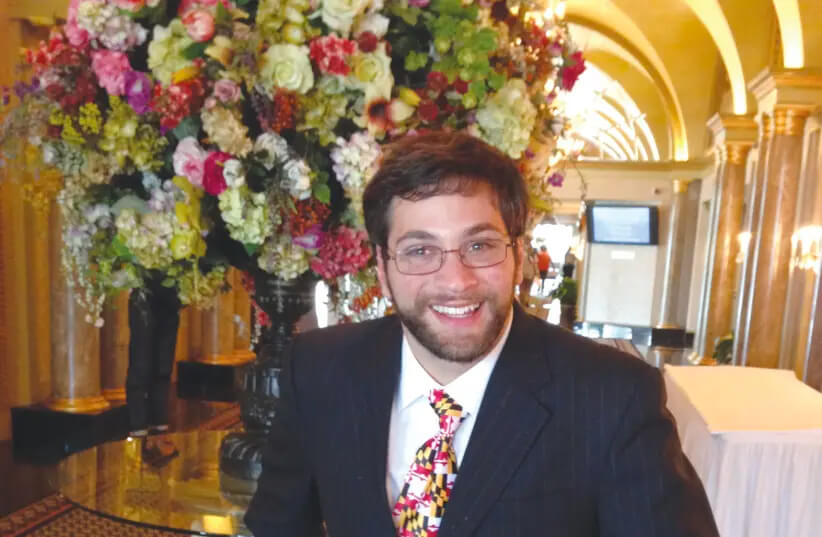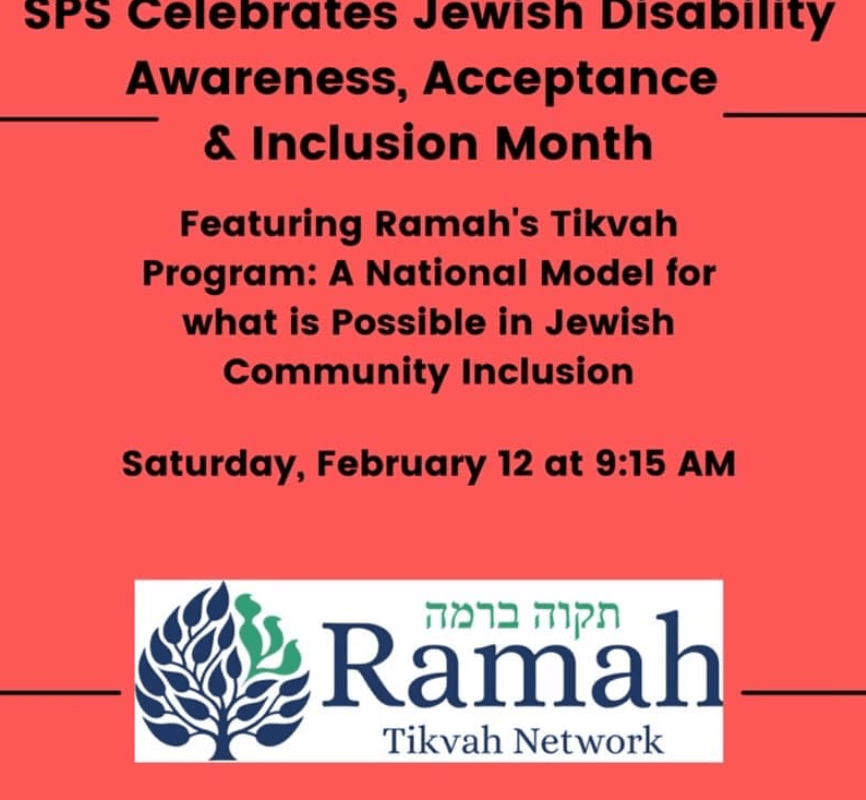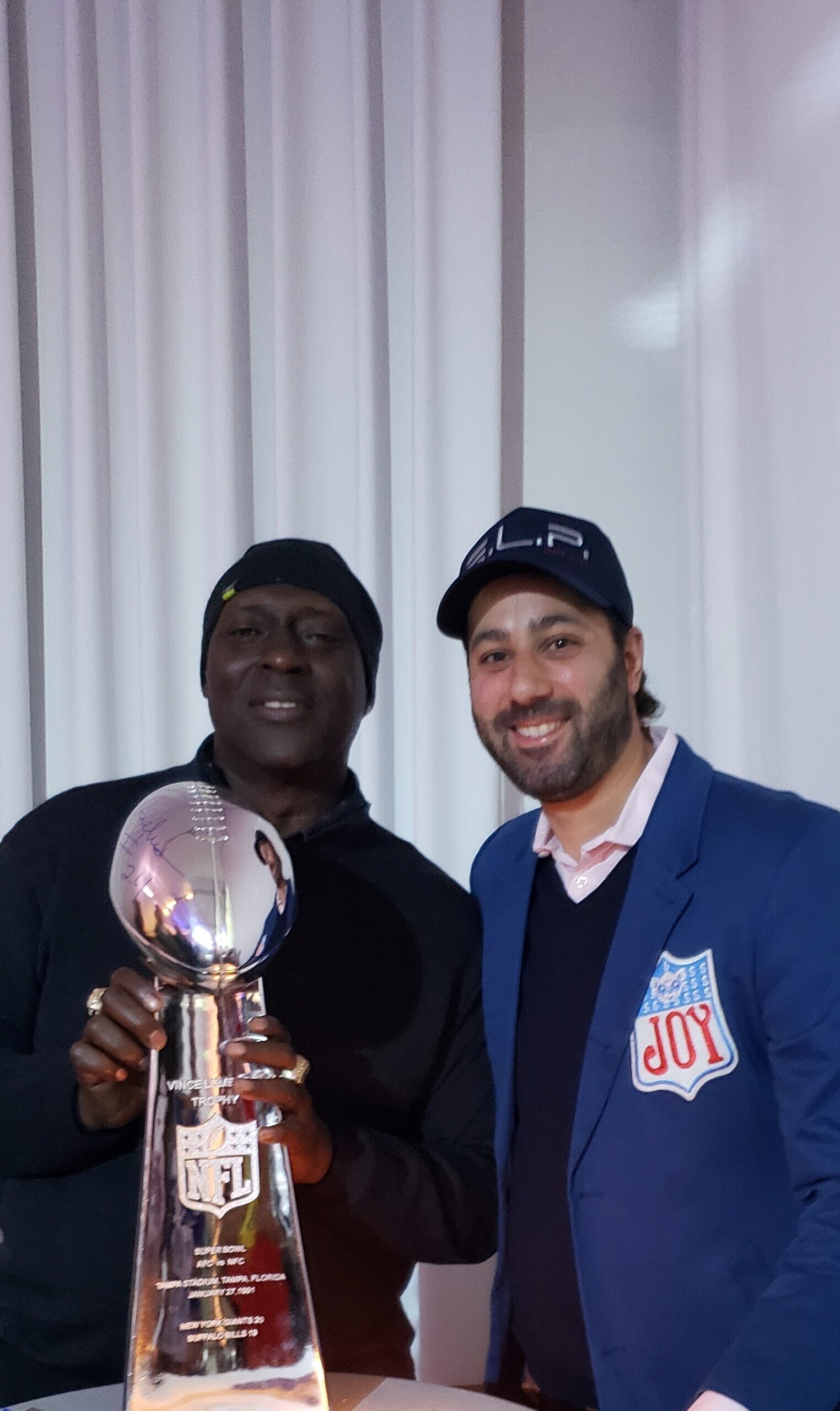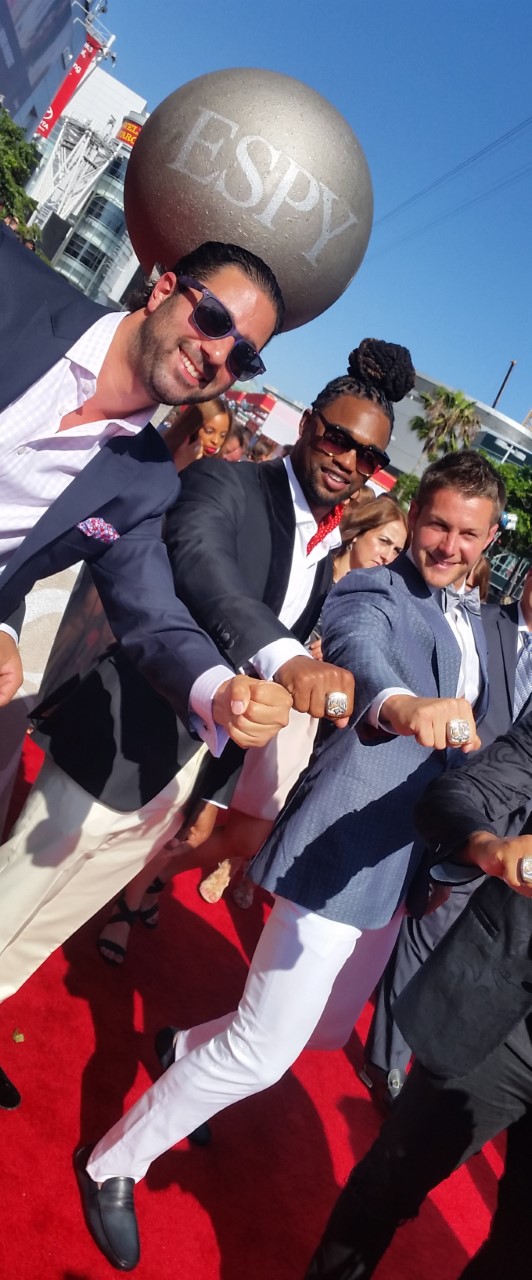Originally published in the Jerusalem Post
Aaron Kaufman has cerebral palsy and learning disabilities, but he is also gifted.
For Jewish communities around the world, February is known as JDAIM – Jewish Disability Awareness, Acceptance and Inclusion Month. It is a month devoted to raising awareness and fostering the inclusion of people with disabilities.
For Aaron Kaufman, the senior manager of legislative affairs for the Jewish Federations of North America (JFNA), every day of every month of his personal and professional life is devoted to disability awareness, acceptance, inclusion, advocacy and changing attitudes.
Kaufman can often be seen walking through Congress with the assistance of a walker, knocking on the doors of elected officials. He often uses his own disability and sense of humor to put members of the House and Senate at ease around the issue of disabilities.
Kaufman, 34, has been an advocate for people with disabilities for as long as he can remember. His expertise comes in part from his personal experience as a person with both visible and invisible disabilities. He was born with cerebral palsy, a neurological condition that affects a person’s coordination and ability to walk and maintain balance and posture. He is also twice-exceptional (“2e”), meaning he is both gifted and has learning disabilities.
While Kaufman can boast many successes in his career, he is quick to point out that life is not always easy. “I don’t love my disability. Life can be frustrating,” recounts Kaufman. “My parents taught me to channel my frustration and fight for people with more significant challenges than me.”

He didn’t have to look too far for those people. “My brother has cerebral palsy which is more severe and requires a greater deal of support and assistance.”
Kaufman has always been an ambassador and role model for disabilities. In fourth grade, Kaufman helped raise awareness of the strengths and weaknesses of people who are twice-exceptional; he took honors English and history classes while receiving special education support for math and science.
When he was a senior in high school, he succeeded in making it possible for people in his home county of Montgomery, Maryland to vote in accessible election stations close to their homes.
“I always believed that rather than complain, you should fight to make change,” he says.
Kaufman attended the University of Maryland and proudly received the highest GPA in American Studies. He then held jobs in Maryland’s General Assembly and taught at the prestigious Ivymount School, a school in Rockville for children with autism and other developmental disabilities. At Ivymount, he helped people with disabilities learn job skills and what he refers to as “workplace etiquette.”
HE THEN turned to more focused advocacy work. He spent two years at the ARC of Maryland, a disability rights organization, as a public policy specialist. He then started working at JFNA, which represents over 300 Jewish communities in the US and Canada. JFNA raises and distributes more than $2 billion annually through planned giving and endowment programs to support Jewish communities domestically and in Israel.
“In 2016, I jumped to federal advocacy. Thanks to Jerry Silverman [former president and CEO of JFNA] and Eric Fingerhut [current president and CEO of JFNA], JFNA has made disabilities a key component of their work,” reports Kaufman, who is proud of the commitment JFNA has made to people with disabilities.
“They believe in inclusion in their kishkes! JFNA is one of the leaders in the disability space. We are at the table in important coalitions [he rattles off a long list of coalitions where he represents JFNA]. We are one of the go-to people when it comes to disability policy.”
Kaufman is particularly proud of two major initiatives he has been involved with in recent years. “I played a significant role in blocking a piece of legislation called ADA Education and Reform Act, which would have gutted the ADA (Americans with Disabilities Act) by transferring compliance from a business to a person with a disability,” he says. “If I couldn’t get into a store, that new law would have given the business 180 days to fix it or make progress to fix it.”
Kaufman laughs as he offers another example. “If I had to go to a funeral at a funeral home and couldn’t get in the building, I wouldn’t have 30 days to wait!” He continues, “Businesses had 31 years to comply.” He is pleased that this piece of legislation was defeated in 2018.
More recently, Kaufman is proud of what he and colleagues at the Strategic Health Resource Center accomplished with the American Rescue Plan. “We fought hard and successfully for $12.67 b. for home- and community-based services for people with disabilities.”
Kaufman points out that the Jewish and general community are more familiar with other areas of JFNA’s work – such as support for Israel and securing grants for synagogue security – than with the organization’s disability efforts.
“It is important to know that we have a robust domestic agenda – that we are putting b’tzelem Elohim (being created in the image of God) into practice every day.”
Kaufman credits the leadership at JFNA for recognizing his talents while also accommodating and supporting his weaknesses. “Everyone says they want to be inclusive. My bosses at JFNA embraced me for who I am.”
They also provided support and accommodations. In Kaufman’s case, they secured proofreading and editing assistance and purchased the Dragon NaturallySpeaking speech recognition software package. “We all have our idiosyncrasies,” Kaufman adds.
These supports have helped Kaufman succeed. He has worked for JFNA for six years, and his JFNA colleagues and other professionals are pleased with his work.
“I had the great honor of hiring Aaron and supervising him at the Jewish Federations of North America,” reports William C. Daroff, who for 14 years served as senior vice president for public policy and director of JFNA’s Washington office. He currently serves as chief executive officer of the Conference of Presidents of Major American Jewish Organizations.
“From the moment I first met Aaron, I was immediately impressed by his winning attitude and fantastic personality. While working with him as we lobbied the White House and Congress, it was crystal clear that Aaron is a born advocate,” Daroff says. “He has the preternatural ability to read an audience and to discern how best to make the argument that will win them over.”
Jennifer Laszlo Mizrahi, co-founder and recently retired president of RespectAbility, a national nonprofit that fights stigmas and advances opportunities for people with disabilities, adds, “Aaron Kaufman is a deeply respected leader who brings authentic lived disability experience to policy tables. He is trusted and impactful.
“Jewish organizations need a lot more leaders with disabilities like Kaufman so that the one-in-five Jews with a disability have a voice and can contribute, just like anyone else,” she says.
Kaufman loves his work and notes, “We are at the table at important discussions.” He takes pride in how the work of JFNA is valued. “Sometimes, legislators send drafts to me to read and solicit JFNA’s feedback.”
Elana Broitman, senior vice president of public affairs at JFNA, adds, ”Inclusion is a core Jewish value and a priority of JFNA’s work, each and every day. By advancing policies that break down barriers to inclusion and empowering people with disabilities, we help build a society that is more equitable, just and accepting.”
FOR NOW, Kaufman and his colleagues are hard at work planning the 12th annual Jewish Disability Advocacy Day (JDAD, February 23-24), which brings together members of the disability community, advocates and community leaders to help break down barriers to opportunity and inclusion.
This year’s JDAD advocacy will focus on securing an additional $150 billion in a revised Build Back Better legislative package to expand Medicaid-funded home- and community-based services for low-income people with disabilities, reducing long waiting lists for care, and passing the ABLE Age Adjustment Act – tax-free savings accounts for disability-related expenses for individuals who become disabled before they reach age 26.
The ABLE Act would allow people who become disabled later in life (up to age 46) to establish these tax-free accounts and provide financial stability to 6 million more adults. JFNA estimates that 61 million American adults live with a disability.
Kaufman is pleased with so many aspects of his work but takes particular pride in teaching by simply being himself. “The thing I love about my job is busting myths and misconceptions on Capitol Hill,” he says. “My presence here educates people about not judging a book by its cover!”






